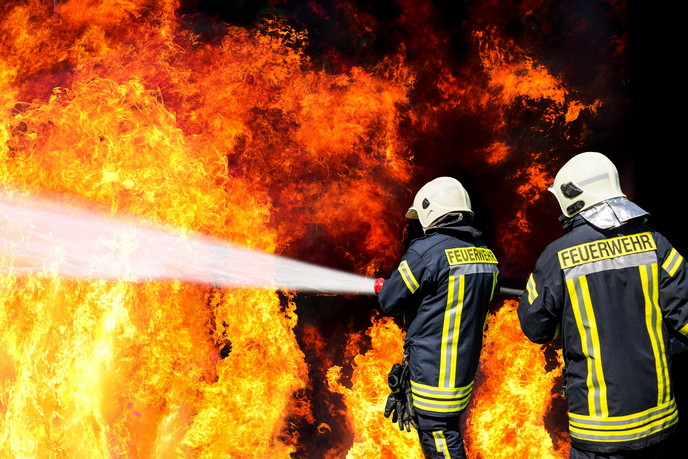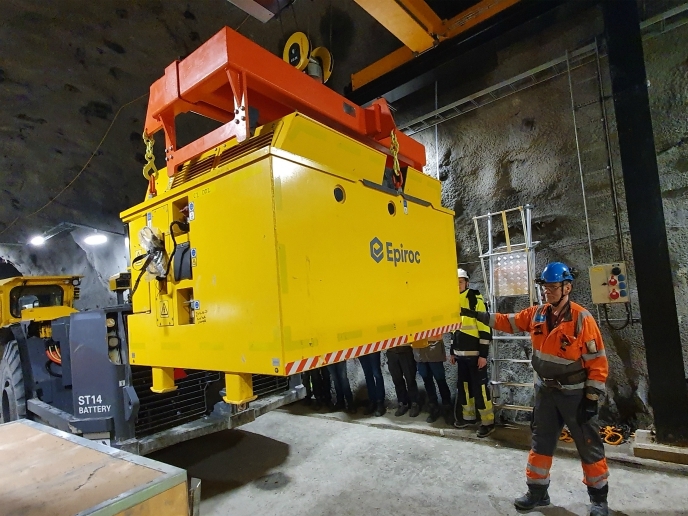Towards standardised fire-safety engineering design
The current lack of confidence in the robustness of the existing fire product toxicity classification prevents its acceptance as a standard. This crucial element also holds back the competitiveness of European industry. Furthermore, a need exists for a holistic approach to vehicle fire safety design that can provide more flexible and economic solutions than the existing formula. In this context, the 'Transport fire safety engineering in the European Union' (TRANSFEU) project was set up, based on a harmonised fire safety engineering (FSE) methodology. This represents an all-embracing system linking passive fire security with active fire security modes. It is also key to advancing optimum design solutions that respect fire safety objectives as an alternative to the prescriptive approach. Project partners studied new toxicity measurement methodology and related materials classifications, numerical fire simulation tools and fire testing methodologies as a basis for meeting their objectives. They also examined a decision tool to optimise or explore new design in accordance with fire safety requirements. TRANSFEU achieved a series of important results. The project developed a new repeatable and reproducible fire test method for the measurement of toxic gases — a total of 67 products were tested according to this method. The team also proposed a new conventional pragmatic classification system for the toxicity of fire effluents released from products on trains. This classification was validated by comparison with a real-scale test on a train coach. In addition, project members drew upa general description of the FSE methodology to be used for surface transport. This covers fire safety objectives, fire risk analysis approach, design fire scenarios and safety criteria, as well as required numerical simulation tools and data. They also developed a range of numerical tools and a method of simulation to model the effect of fire on the structural integrity of fire barriers, evacuation, fire growth, and toxic effects on staff and passengers as a result of product combustion. Overall, TRANSFEU made significant progress towards its objective of developing a fire safety performance–based design methodology that efficiently supports European surface transport standardisation.







